Do an internet search for the best gravel drivetrain and you're bound to see two names show up. Sram and Shimano. The configurations may vary—the number of speeds, a mix and match of product families, the technology of the system—but for dirt, it always comes down to the two of them. Sure, there are some fringe third party entries, like Rotor's hydraulic drivetrain, but as widely accepted and acclaimed gravel systems, Sram and Shimano have long run the show.
Now, anyone who knows anything about Above Category, knows we've had a long standing passion for all things Campagnolo, so of course dirt builds with Campy road groups have emerged from our work shop here and there. But as the gravel scene, and how people are riding their rigid drop-bar bikes has evolved, so have the needs of equipment, and if we're being honest, Sram and Shimano have more or less been the only ones taking those demands seriously. As much as we love it, we admit it took true dedication to make Campagnolo your gravel selection.
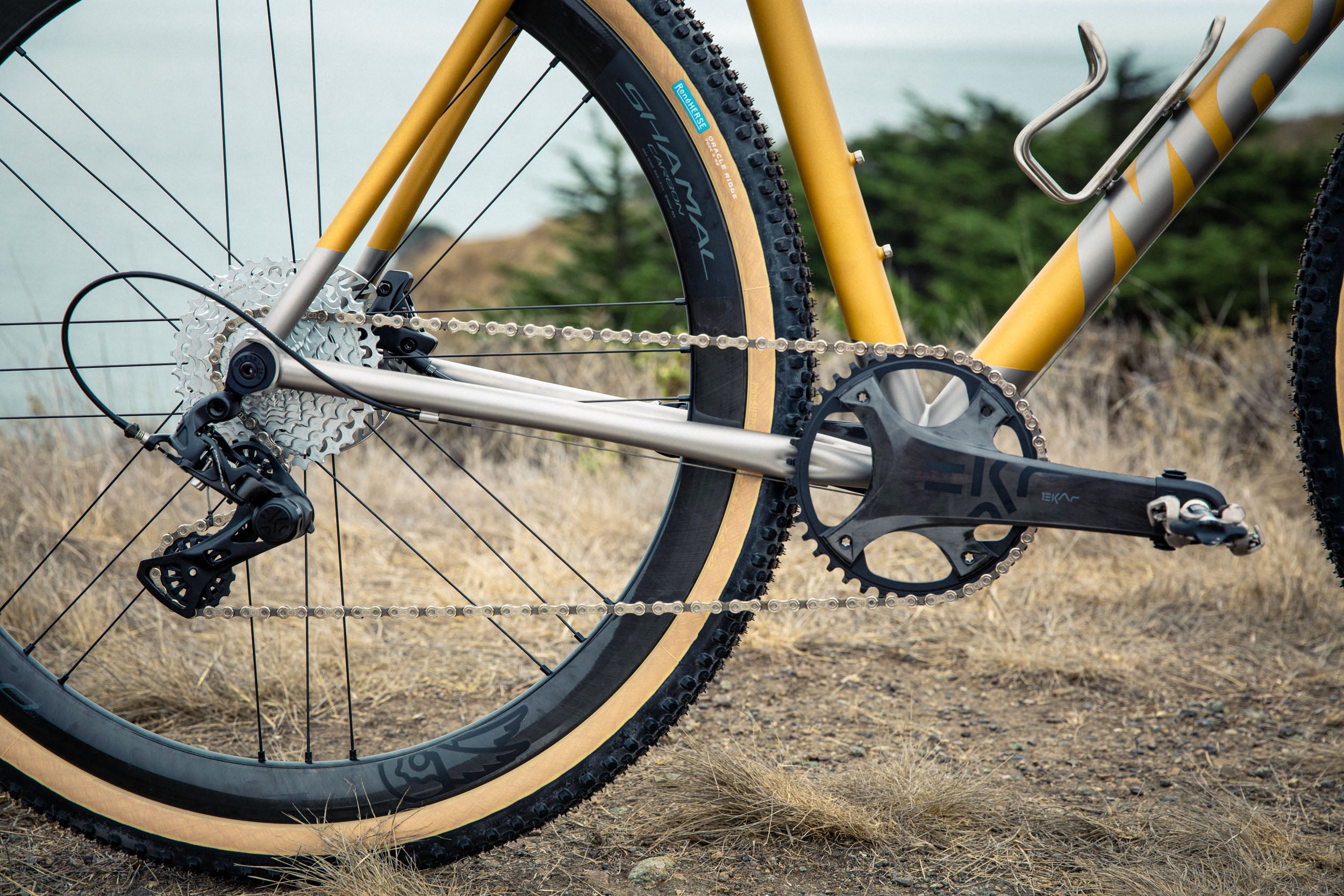
Today is the Day
At long last, the legendary Vicenza based brand has stepped up to the plate with an entirely new system. Feast your eyes on Ekar, a purpose built 1x13 mechanical drivetrain, aiming to meet the demands of today's modern gravel riding. Is it up to the task? Rest assured, we wasted no time trying to figure that out.

Out of the Box
As soon as we caught wind that this drivetrain was nearing it's launch, we knew knew we had to get our hands on it and get it on the trails. We called up Mosaic to put in an order for a GT-1 dedicated for testing this new group. We've developed a close working relationship with Campagnolo over the years, and thanks to our long standing experience with gravel, they entrusted us to be one of the only shops and limited journalists to review a group set early to get our hands on and test out ahead of the launch. As soon as the boxes arrived, we dove straight into the build.

From a mechanic's standpoint, there weren't too many surprises and the build was as easy as could be. Save for needing the newer 13 speed compatible chain tool, everything was just as you'd expect. Complete with a Deda cockpit, new Shamal wheels (more on those later), and 48c René Herse tires, the finished bike indeed looks the business.

We wouldn't fault you if the Ekar group looks like it's just a rebranded Chorus kit with an extra cog. While the design language is consistent, there's quite a few new tricks under the hood making Ekar rather unique and likely paving the way for what's to come in Campagnolo's future kits. Let's take a closer look at the individual pieces from front to back...

Levers
Ergonomically, the Ekar levers feel identical to the rest of the Campagnolo range, something I'm personally rather delighted by. The hoods are comfortable and are just tall enough for a nice, secure grip off road. Reaching for the levers though, is where you'll find some changes. As you'd expect, the left lever is stripped of any shift levers. At the right hand, you'll find the thumb lever takes on a larger shape, more reminiscent of a macaroni noodle than the legacy mouse ear. While it looks a bit strange, the intent is to make shifts from the drops easier and more accessible, and in practice, it does so quite well.

Brakes
If you've ridden a current Campagnolo disc group, then you know that the brakes are really quite great. For the Ekar group, they've actually made some changes to the calipers and disc brake system. They still use mineral oil, however you'll discover inside the lines lives a red fluid, rather than blue. According to Campagnolo, moving forward all new brakes will be using the new Red mineral oil.

Cranks
The cranks undoubtably resemble those from a Chorus kit. While the arms very well may be pulled from the same mold, they do incorporate the new ProTech bottom bracket system, with improved seals and durability for all terrain use. They're also stripped down to a sole chainring, featuring an expected narrow-wide pattern. Campagnolo will be offering these rings in even sizes from 38 to 44t. We selected the 40t for our test bike. Finally, the carbon crank arms are shrouded with a protective sleeve as is common on gravel and mountain cranks these days.

Cassette
Because 12 was never going to be enough, the Ekar cassette offers its wider range across 13 cogs. The Ekar cassette comes in three variants, 9-36t, 9-42t, and a 10-44t. They put a lot of research into calculating the gear ranges to offer the best solution for various riding and terrain styles. Each cassette is split into two sub assemblies. For the 9-36t and 9-42t cassettes, the nine largest cogs are machined out of a single piece of steel. They're then mated to an aluminum carrier that supports them on the freehub. The four smaller cogs are machined into their own sub assembly, with a lock ring built in. As for the 10-44t, it's the ten largest and three smallest that get split. While I'd prefer to have the 10-44t for our steep California terrain, we were only able to get our hands on the 9-36t.
As with the other brands, this switch to an extra small cog as required a new freehub driver. Unlike the others, Campagnolo's "N3W" driver is easily convertible to work with their existing cassettes. It uses the same spline design, only shorter. A removable extension can be popped on for use with existing cassettes.

Chain
As you'd expect, a 13 speed drivetrain requires a 13 speed chain. Like all Campagnolo chains, the C13 chain clearly identifies itself on each outer plate. While narrower than 12 speed chains, it uses a combination of different steels and a dedicated narrow-wide design to increase its strength. While the chain is available with a classic style chain pin, they are also now finally available with a quick link as well. I think many people will appreciate that for easy of use and emergency trailside repairs.

Derailleur
More than anything else, I was excited to finally see a wide range clutch derailleur from Campagnolo. Let's talk about that clutch. It's really stiff. So stiff, that we feared we might break something trying to get it to swing in the work stand. To those unfamiliar, a clutch is a mechanism in the derailleur cage that keeps the cage stabilized, keeping the chain from bouncing around on bumpy terrain. That stiffness is good.
Once the chain was installed, the derailleur moved quite fluidly throughout shifts. With a 12t upper and 14t lower pulley wheels, the derailleur is designed to work with a pretty broad range of cassette options. It's got a stout build and stainless steel hardware throughout, ensuring it's ready for abuse of life on the trail. It's got a nice clutch-lock feature that holds the piece out of the way for easy wheel removal on insertion, a nice touch.
So, that's a lot of tech talk. If you're a true bike tech nerd, chances are you've already sourced these details from the various leak and rumor sites. What you probably really want to know, is this stuff any good?

Ekar in the Wild
I found myself having both excitement and skepticism in anticipation of the Ekar group. I've been a Campagnolo rider for quite some time. Both mechanical and EPS, and even rode it on a number of cyclocross race bikes. While I loved it so, it wasn't without problems. Limited gear range, no true 1x system, a lot of dropped chains, and a front derailleur that really limited tire clearance. Not to mention, they were a bit late to the disc brake game. As Sram and Shimano started feeding the needs for cross and gravel riding, I found myself needing to look beyond what Campagnolo had to offer.
It's been at least half a decade now since Sram launched Force 1 and Tanpan adapters allowed Shimano MTB derailleurs and cassettes to mate with road levers. Both of them have been steadily refining their dirt drivetrains since. I've got bikes with both Shimano and Sram gravel groups and they're both phenomenal, evolved systems. After all this time, where could Campy really stand? Yes, this new Ekar group has an extra cog, but is that enough to make it a worthy contender?

If you've got any experience riding Campagnolo, you should find Ekar to be pleasantly familiar. After a number of years riding electronic groups, it was quite refreshing to experience the positive clicks of a mechanical Campy system. The shifts are smooth and reliable and plenty fast. I am curious though to see if that changes at all with the larger range cassettes. I was admittedly a bit concerned about the 9t cog and how noisy the chain might be wrapping around such a small tooth count. Much to my surprise, is was impressively quiet. Far less noisy than a chain on a Sram 10t cog. The 9-36t range was definitely a bit limiting for where I ride, though it'd be an excellent choice for a cyclocross race set up.
I was really impressed with the feel of the braking, and that says a lot coming from a GRX Di2 bike. Even with a 140mm rotor in the rear, the power modulates plentifully and the lever feel is superb.

One thing to note is that the Ekar thumb lever doesn't have a multi-shift function, something I think most people have cherished about mechanical Campagnolo shifters. There's no dumping gears down the cassette like on road groups. I was a bit let down by this, but I could see it helping to avoid accidental over shifts when riding bumpier trails. That said, extended reach of the macaroni noodle lever proved to be an excellent addition. Shifting from the drops is easier than ever, and the larger body seems to make for ever so slightly lighter action in shifts.
On the trail, the drive train is silent. Even on the metal chainstay of the Mosaic, chain slap is quite minimal and I didn't have a single dropped chain or miss shift. You can tell that robust derailleur clutch was really doing its job.
What's missing?
With the dedicated 1x levers, I'd really loved to see a dropper post remote integrated into the left hand. We asked Campagnolo about this and they admitted that they explored the idea, but at the moment the patent work-arounds proved to be too big of a challenge. While I hope they eventually come up with a solution, I'm sure a Chorus left lever could easily be modified to do the trick.

What about EPS? Surely in today's age, an electronic system should be a given. I haven't had the chance to press them on this, but I'm sure it's in the pipeline. With any luck, maybe we'll see a wireless revamp across the entire EPS range. Either way, the performance of this mechanical groups is so nice that I'd be inclined to stick with it anyway.
How does it stack up to the rest?
Oddly enough, Ekar has no direct competitor, at least in the hierarchical sense. It's safe to say that within Campagnolo's line up, it's equal to Chorus in fit and finish. While it might be pretty close to Force 1, Sram has essentially abandoned any advancement to mechanical groups for quite some time. GRX mechanical is obviously a close contender, but I'd say Ekar is clearly a step above in terms of build quality. Price wise, it's situated higher than the two S's comparable mechanical groups, but below their electronic counterparts. It's also lighter than any comparable competitor kit, mechanical or electronic. While not apples to apples, there isn't much choice but to compare it to the mechanical Force 1 and GRX.
Despite its age, Force 1 is to me still a formidable group. It's light, works without much fuss, the shifting feels great. That said, it is getting a bit old in the tooth and its 10-42t cassette is far from industry leading anymore, bested by both the Ekar 9-42t and 10-44t offerings, which include two extra intermediate cogs.

I'm going to be blunt. While absolutely love Di2 GRX, I really haven't gotten along with the mechanical version. The action is too light and wishy washy for my tastes, the hood shapes are far inferior to the Di2 counterparts. To me, the only things it has going for it are the dropper post remote in the left shifter, and it's silent, smooth chain line. I find the Campagnolo hoods are vastly superior, as is the shift action, and that the overall build quality is too. GRX gear range is reasonable, especially with the XT 11-46t cassette, though the 10-44t Ekar handily matches it, while also being crafted of a seemingly higher caliber, and again having two more cogs in the range.
Aesthetically, ranking Ekar was initially a bit tough. Tough because we've grown so accustomed to the superior beauty and elegance of Super Record, and Ekar, while great looking, the less expensive gravel group doesn't quite hit the same bar. However, compared to Force or GRX, I have to say it takes the crown. To me, Campagnolo is the only brand to have succeeded to tastefully design a brake hood that houses both a mechanical shift and hydraulic brake systems. The crank, the derailleur, the cassette, and everything else I feel look rather sharp, both in its own right and against the competition. Obviously though, this is entirely subjective.

Would I buy it?
So, the real question remains. Will I make the switch? Lucky for me, I'll have access to this Mosaic test bike for the time being, so luckily I don't have to decide. If I were building a brand new gravel bike from scratch though, I'd have a hard time picking anything else. Don't get me wrong, I do love Di2 and AXS. If I'm honest though, I've personally been longing to move back to a mechanical system and free myself from the needs of batteries and firmware, especially for a "adventure" bike. From my experience thus far, Ekar is proving to be a phenomenal gravel drivetrain.

Thank you Ekar. After all this time, there's finally a mechanical gravel group to suit nearly all my preferences, and I can fervently return to riding Campagnolo. Something I've missed for far too long. I'm really excited to keep putting more miles on it and seeing how it holds up long term.

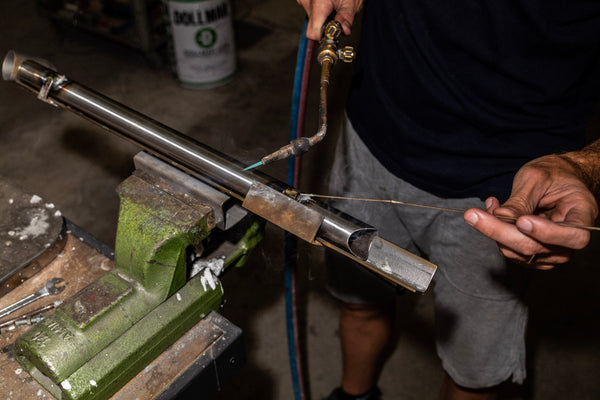
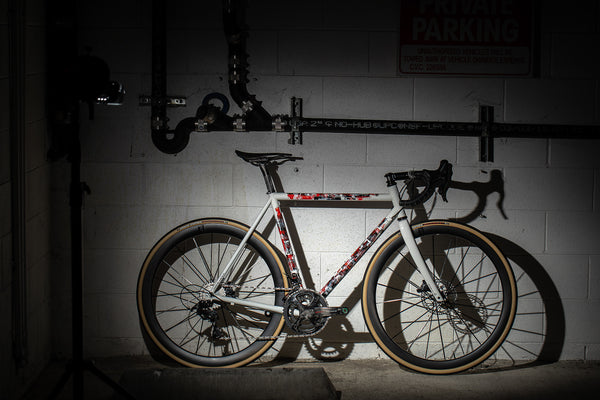
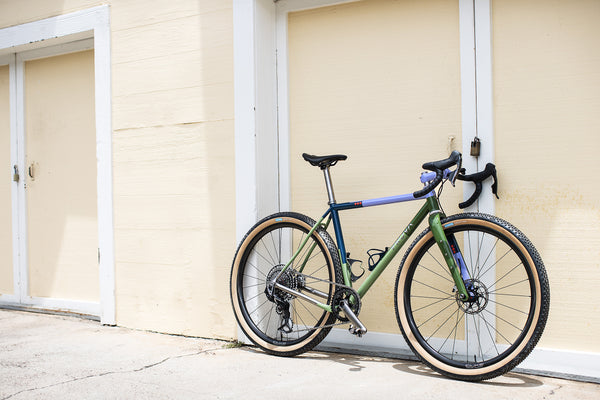
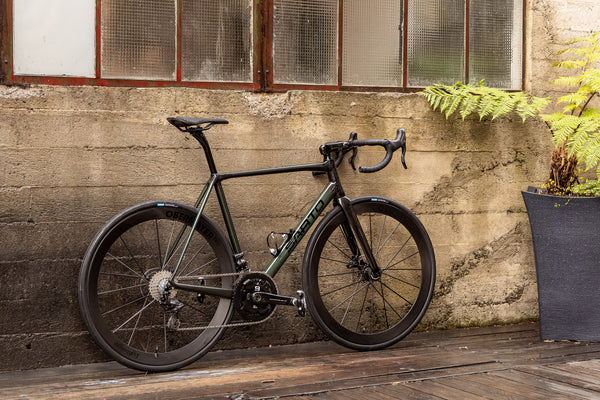

Back to Journal